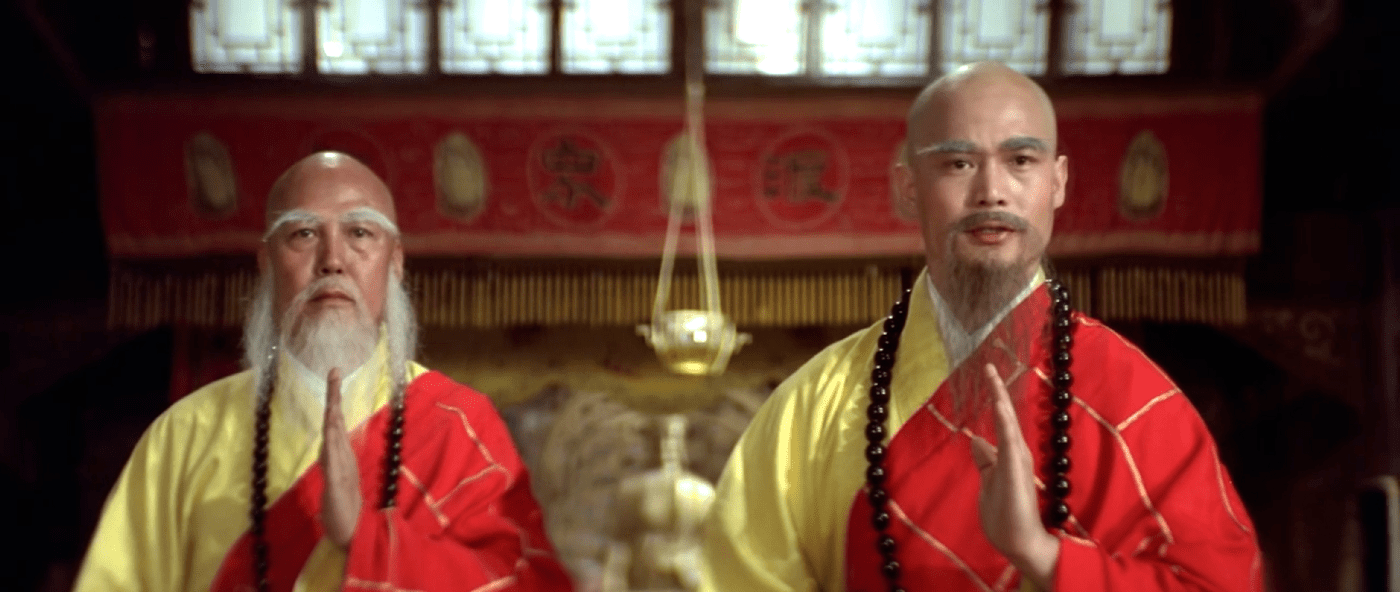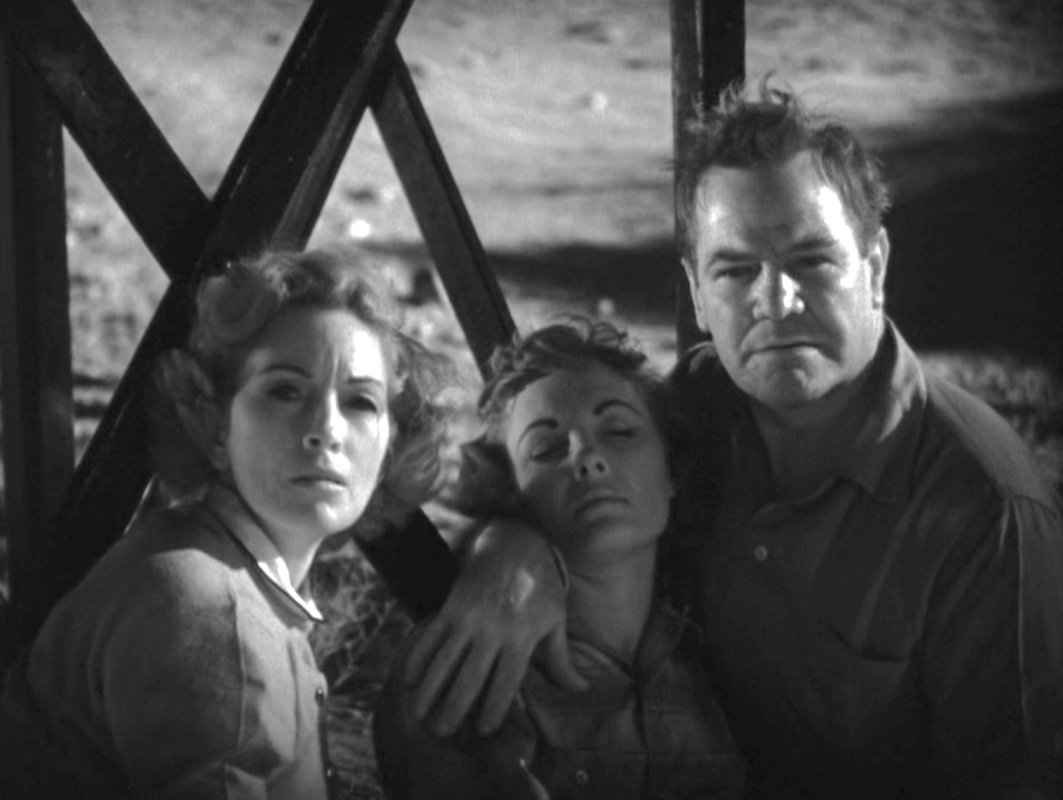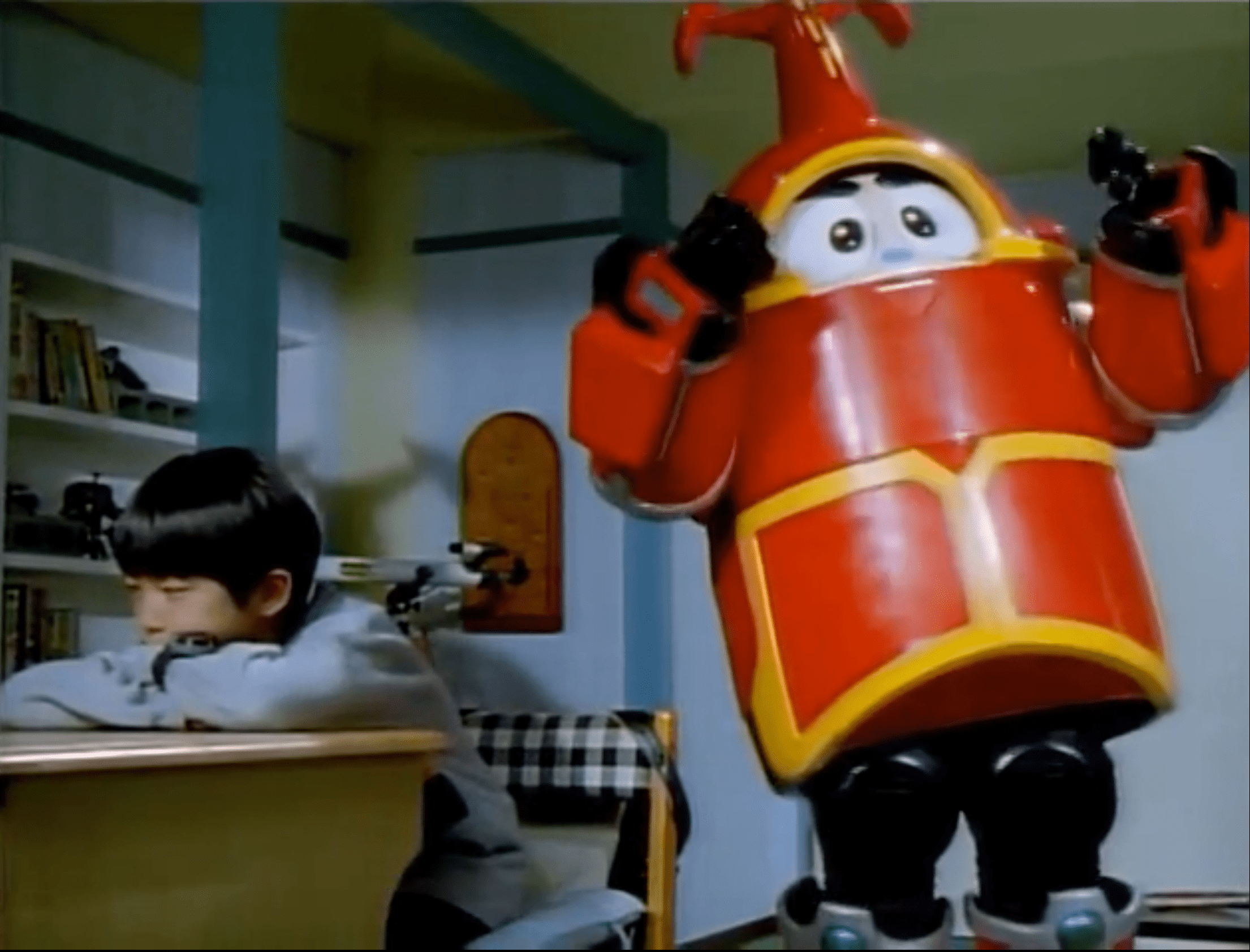
Buddhism
The way Buddhism is presented in The 8 Diagram Pole Fighter reveals certain core problems with how Buddhism developed after Siddhartha’s death. Siddhartha did not write his teachings down and neither did his students. There isn’t even any reliable evidence that Siddhartha existed. There are no historical or bureaucratic references to him or his family line. His story and his teaching weren’t written down for almost a century after his passing some time in the 6th century BCE.
With such a vague origin the ideas and traditions of Buddhism have been subject to continuous change. The early forms of Buddhism did not fit the normal description of a religion. There was no god or gods, no creation story, no set of laws like the ten commandments, no soul or spirit, just the claim that if a person followed a set of practices he or she would find happiness. By the time it made it through China, Tibet, Korea, and Japan, Buddhism had splintered into many different sects and styles ranging from Buddha being an all-powerful god-like Yahweh, to Buddha being a minor reference point in what was essentially a philosophy.
With all of these variations, there was one particular problem that dogged Buddhism in every incarnation. Who were Buddha’s teachings meant for? Is everyone supposed to give up all their worldly positions and meditate all day?
In order to understand this problem, it is important to include the influence of the caste system. Officially Buddhism rejected the caste system but it did not escape its influence. There has always been a constant tension between the top two castes. The priest caste is at the top but the warrior caste just beneath them is always vying for power. Buddhism was pushed back and forth between a practice meant exclusively for monks that reject the world and a practice open to warriors and kings and even the general public. Over time the priests won out and still to this day the majority of Buddhism is structured such that the monks do all the meditating and self-reflection and the lay people can accrue good karma by giving food and money to the monastery.
The Shaw Brothers
The Shaw brothers infused many of their kung fu films with Buddhism. They helped mythologize the famous Shaolin Temple where kung fu was supposedly invented. There are also countless movies concerning other monasteries and teachers each with their own style of both Buddhism and kung fu. The Shaw Brothers often based their films on very loose interpretations of historical events. The majority of the films feature clashes between clans or an effort to shut down a monastery or school.
8 Diagram Pole Fighter
8 Diagram Pole Fighter features a clash between General Pun Mei’s Khitan clan and General Yeung Yip’s family clan. The Khitan kill most of the Yang, but one young member of the Yang clan named Yeung Dak survives and seeks refuge in a monastery. Much of the film concerns Yeung Dak’s interactions with the priest at the monastery named Ko Fei.

When Yeung Dak arrives at the monastery he is half-crazed over the death of most of his family. He intends to lay low for a while and then seek revenge, but Ko Fei tells him that he is too full of rage and sorrow to become a monk. What ensues is a very strange relationship between Yeung Dak and Ko Fei. Yeung Dak tries to bully his way into the monastery through force which only underscores his being completely unfit for the life of a monk. He pushes himself into their ranks and refuses to leave, but the intensity of his desperation ensures that he can never be accepted.
His fighting his way in is absurd but it is framed by his being a soldier. This is where the influence of the Indian caste hierarchy can be seen. The caste system encourages each caste to fulfill their role as prescribed by their position. Yeung Dak pleads his case, explaining that he was fulfilling his duty as a warrior. Through tears he begs, “Alright, I was a soldier, that’s how I was trained, but is it a crime to have fought? I was loyal right to the end.” However, Ko Fei is unmoved and replies“ The affairs of the world do not concern us, reinforcing his own caste limits.
Most of the film takes place in the monastery as Ko Fe and Yeung Dak argue and sometimes fight over the nature of Buddhism and devotion. Historically no one really knows how kung fu came to be, but the prevailing mythology is that it was instituted by The Shaolin Monastery as a martial interpretation of yoga. This is a suspect and frankly unlikely myth. Teaching pacifists to fight doesn’t make sense but that the accepted narrative. The contradictions are made abundantly clear when Yeung Dak visits the monk’s training chamber where they are using staves to battle wooden wolf mannequins.

Yeung Dak tries to join in, and in a few short strokes completely shatters a mannequin. The monks are aghast and Ko Fe explains that killing is wrong. The monks only train so that they can dislodge the wolves’ teeth rendering them harmless. This of course is ludicrous. Instead of killing the wolf outright, you sentence it to a slow and painful death by starvation. In addition, monks are not taught to refrain from just killing, they are forbidden to harm any living being.

Later on in the film, the monks will use this brutal technique on humans and consider it humane. The film itself undermines this ridiculous idea by showing the gory screaming and suffering of the monk’s victims.
This is not an inconsistency in the doctrine of non-harming. The doctrine is clear, but who the doctrine applies to is the problem. Should everyone refrain from harming everyone? Is this a prescription only for monks?
Traditionally Buddhist monks must go out amongst the people and beg for their meals with a bowl. They must eat whatever they are given, including meat. In traditional Buddhism, only the butcher accrues bad karma for killing an animal, not those who eat the meat. As a result, butchers often had to live on the outskirts of town and were treated as pariahs. The citizens who cook the meat and give it to the monks gain karma and the monk is praised for giving people the opportunity to increase their good karma. Each person in the chain fulfills their role with the recognition that they do not all follow the same rules. Even the butcher can comfort himself by knowing that the bad karma he is accruing is offset by his fulfilling his role as a butcher.
The practice of Buddhism as described in the early texts like the Tripiṭaka is a coherent system without blatant contradictions, but because it is not clear who the practice is meant for the principles to become difficult to apply. The8 Diagram Pole Fighter might be a Shaw Brothers kung fu, action film but it is also a film about how inner mental conflicts can lead to outer physical conflicts. Buddhism would tell us that the fight is never between you and your opponent it is always between you and yourself.

If you enjoyed this article click here for more
www.filmofileshideout.com/archives/buddha-japans-answer-to-the-ten-commandments



